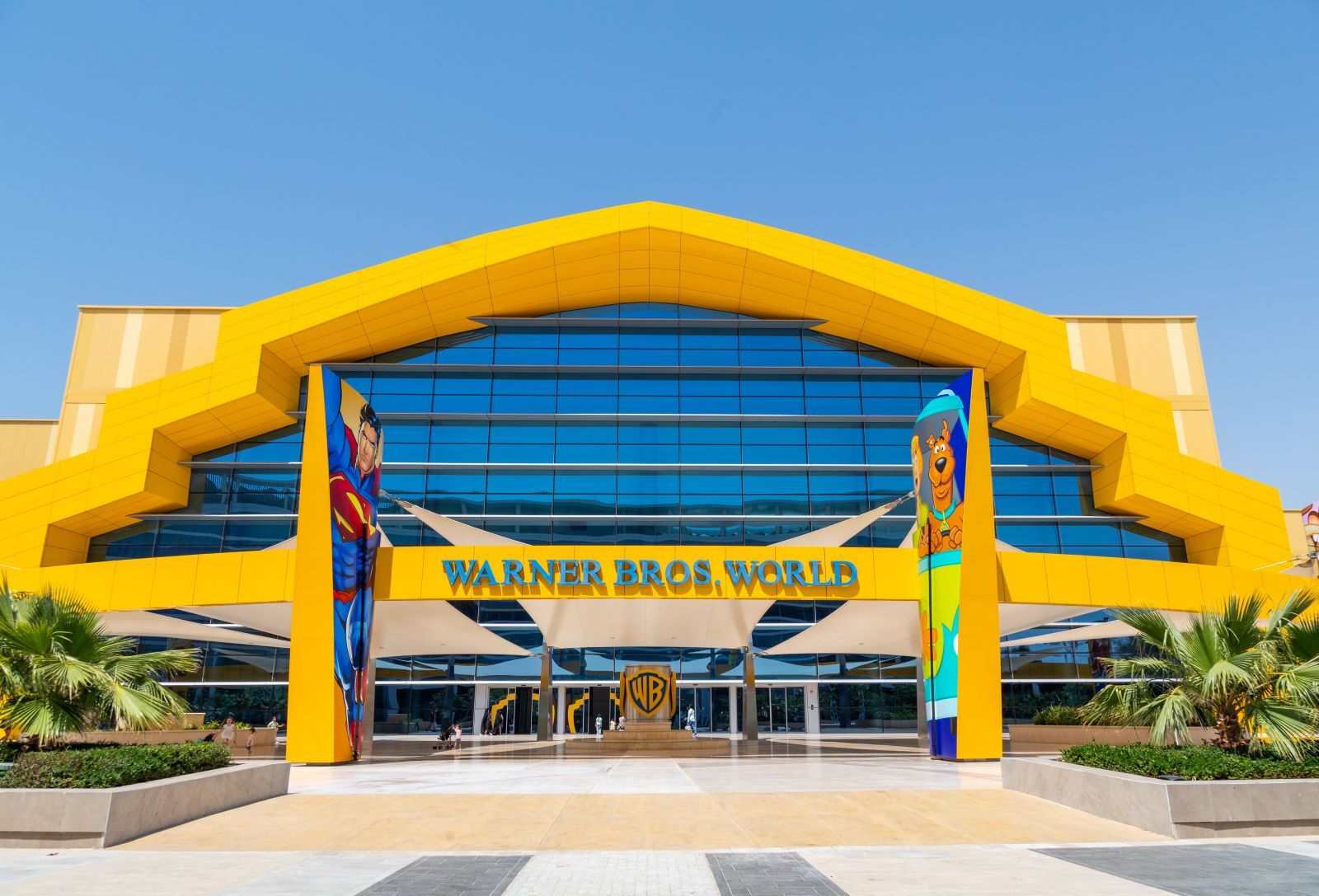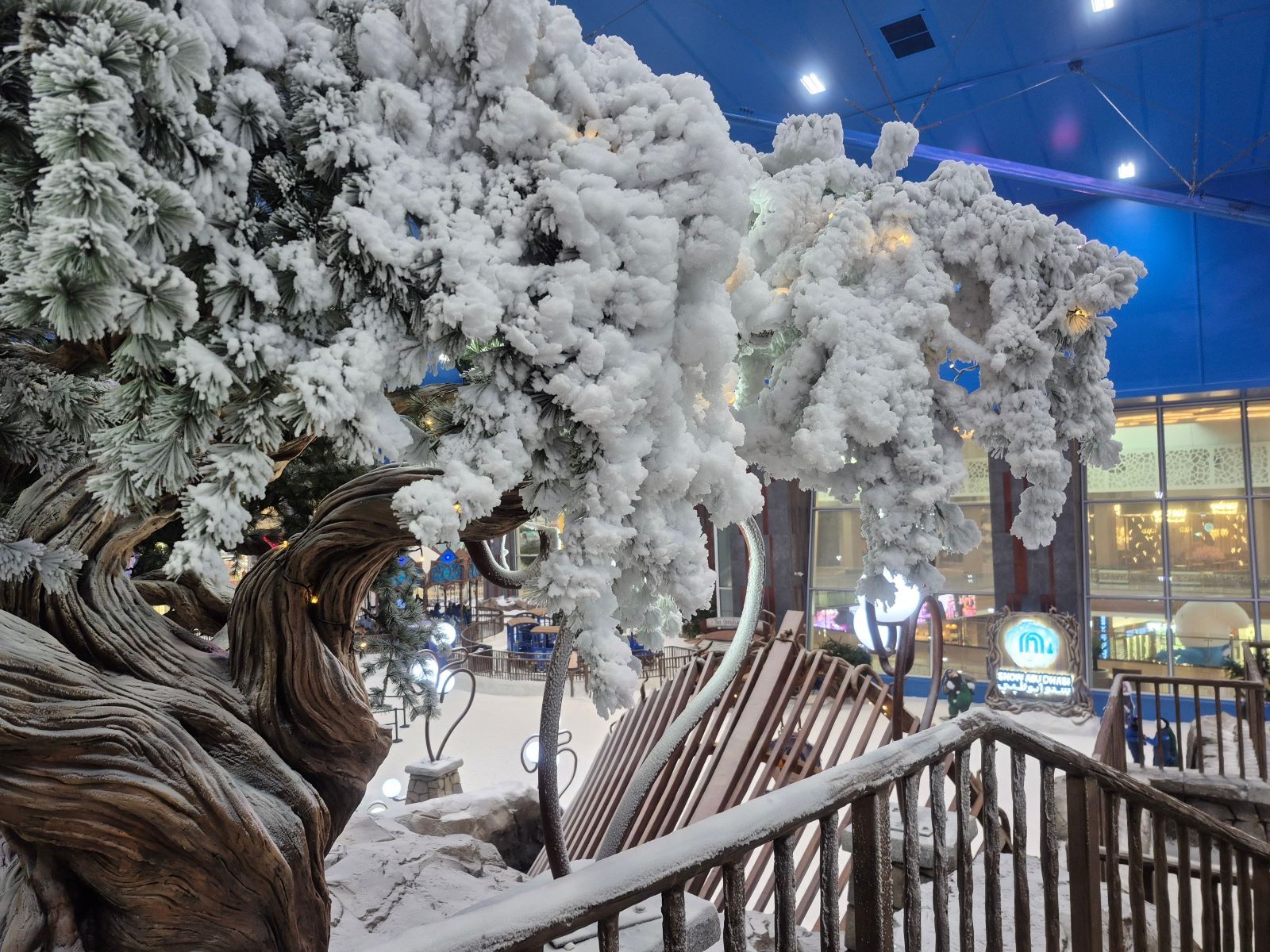Abu Dhabi’s Private Islands: Exploring Paradise Within Reach
A sweep of bridges links them to the city, yet each feels miles apart with low-rise silhouettes instead of towers, long beaches edged by mangroves, and marinas opening to the Gulf. Villas here face open water, and cultural districts share space with protected reserves.
Interestingly, Abu Dhabi has turned its islands into a network of distinct places rather than one blurred resort strip. Though space here is limited – waterfront measured in metres, not miles – for visitors this means easy choices among either galleries on Saadiyat, cafés and parks on Al Reem, beach clubs on Yas, or a day access to Nurai. Whereas for buyers, it is an asset of privacy and daily access to water that inland areas can’t offer. Below is a closer look at the capital’s most private islands and their unique settings.

Nurai Island
Nurai Island lies just off Abu Dhabi’s Saadiyat coast, reachable by a 10-15 minute speedboat ride from the Welcome Centre. Once ashore, there are no roads, only shaded paths, golf buggies, and the stillness of a purpose-built retreat.
The island spans around 11 hectares and hosts a boutique resort with 32 villas, along with private residences ranging from beachfront estates to over-water villas that blend with the landscape. Each villa features a private, temperature-controlled plunge pool, outdoor terrace, and floor-to-ceiling windows that frame the sweeping Arabian coastline.
Inside, villas' architecture and interiors are designed with simplicity and precision, offering smart-home features, high-quality fittings, and spacious layouts. You'll find ample living areas, soaking bathtubs, rain showers, Nespresso machines, and Molton Brown toiletries. A bike comes with each unit, offering a convenient way to explore the island grounds.
Facilities include a glass-fronted spa perched above the sea, daily wellness or yoga sessions, a beach club with Mediterranean-leaning menus, and casual dining venues offering sushi, Lebanese seafood, Mexican fare, and organic local produce. Activities range from kayaking and paddleboarding to tennis, open-air movies, and snorkelling along the reef.
Although Nurai Island may feel remote, key destinations like Yas Mall, the Louvre, and Abu Dhabi International Airport are within a 30-minute drive, making it both tranquil and convenient.
Al Reem Island
Al Reem Island sits a short distance from the city, yet the crossing lends an air of seclusion, carrying you to a quarter of marinas, promenades, and wide horizons. Glass towers rise where the sea once ran shallow; cafés lean into the breeze; early runners trace the edge of new promenades before the traffic warms up across the water.
Al Reem Island, covering 6.5 million square metres just off Abu Dhabi’s northern shore, has become one of the capital’s most sought-after urban districts. It likewise houses Al Reem Mall, with over 400 stores, the capital’s first indoor snow park, and a wide array of cafés, restaurants, sailing clubs, and leisure facilities along the waterfront. Residences span everything from high-rise apartments to penthouses with Gulf views, combining contemporary urban living with a setting defined by water, light and space.
Saadiyat Island
Crossing the causeway, the city falls behind almost at once. The skyline thins, the roads open out – and the Cultural District unfolds like a set piece; ahead lie direction signs for the Louvre Abu Dhabi, while the rising Zayed National Museum and projected Guggenheim gather pace in the distance – together shaping a cultural horizon set to enrich the capital’s artistic life. Saadiyat was once all sand and wind. Today, its shoreline shelters nesting grounds for endangered Hawksbill turtles – with coastal dunes and waters managed to balance tourism and conservation. Boardwalks trace quiet mangroves, while seasonal turtle patrols remind visitors that the island’s story belongs as much to its wildlife as to its architecture.
Behind this cultural and ecological front lie beachfront resorts, golf fairways, and low-rise residential neighbourhoods – a setting that offers lantern-lit dinners at the St. Regis, morning runs along Mamsha’s boardwalk, or a walk beneath shaded canopies threaded between villas and schools.
Yas Island
Yas Island runs to a clear brief – grand prix weekends, concert nights, family outings – all held close to the water. Yas Marina Circuit loops around the harbour with W Abu Dhabi set above the track; a few minutes away sit Ferrari World, Warner Bros. World, Yas Waterworld, and SeaWorld Abu Dhabi – the region’s first marine-life theme park. At Yas Bay Waterfront, a generous promenade is lined with restaurants, and Etihad Arena runs a year-round programme. Golf is anchored by Yas Links – a Kyle Phillips links course on the shore. Residential choice is broad and firmly island-based – apartments at Ansam (west side, overlooking Yas Links), Mayan (waterfront with mangrove aspects), and Water’s Edge (on its own canal promenade). Further inland, Yas Acres sets out villas and townhouses overlooking both the golf course fairways and the lagoon – an address that pairs green open space with calm water views.
Al Maryah Island
Al Maryah is Abu Dhabi’s financial and lifestyle quarter, defined by a compact and walkable setting by the water. At its core sits Abu Dhabi Global Market, an international financial centre whose jurisdiction now spans both Al Maryah and neighbouring Al Reem. It has grown to stand among the leading financial districts in the region. The waterfront promenade sweeps towards The Galleria, where more than 400 shops gather beneath one roof – haute couture beside jewellers, pavement cafés spilling onto terraces, and restaurants set to the water’s edge – so that shopping, dining, and the shoreline unfold in a single continuous walk.
Residential life folds neatly into this grid – serviced residences within Rosewood for long stays, new canal-front apartments at Al Maryah Vista and Vista 2, and ultra-prime homes marketed as Four Seasons Private Residences – giving buyers a choice of hotel-serviced living or private ownership on the quay. Bridges set the island within easy reach of the Corniche and Saadiyat’s museums, bringing work, culture, and the waterfront together seamlessly and effortlessly.
Conclusion
With bridges in place and blueprints in motion, the islands form the capital’s calling card to the world – museums, marinas, and mangroves sharing the same map. Abu Dhabi’s islands, once mere sandbars, have become signature addresses encompassing cultural, ecological, and residential ambitions. They show a city keeping its weather eye open while refusing to let progress outrun its own shadow. Already home to the region’s largest protected mangrove reserve, the capital now offers privacy, the arts, and ecological sanctuaries with proximity – the best of both worlds without missing a beat.



